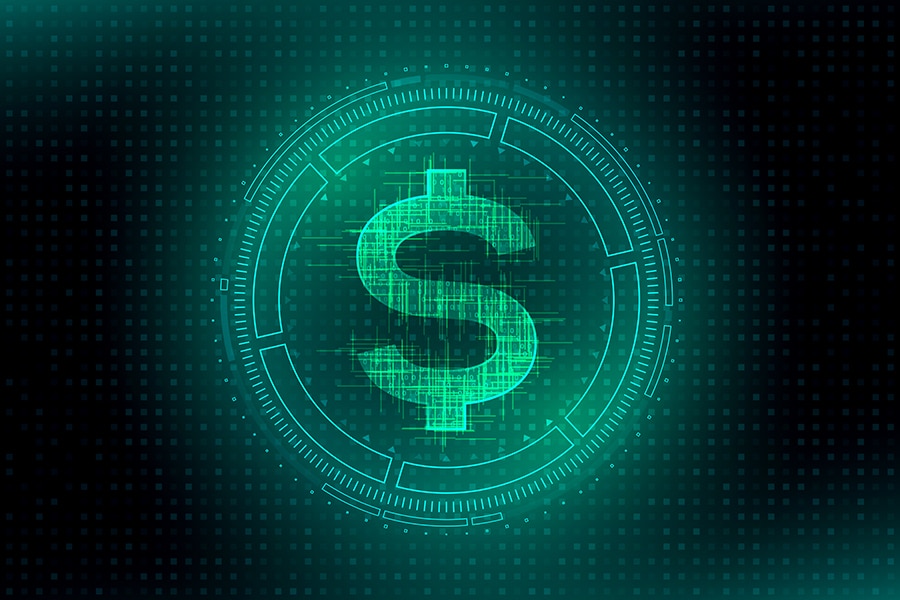
Fed Vice chair speaks about the potential of CBDCs and the future of stablecoins
Lael Brainard, Federal Reserve's vice-chair, presented a written statement about the benefits of CBDC and the role of stablecoins in the near future
 Image: Shutterstock
Image: Shutterstock
U.S. Federal Reserve’s vice-chair Lael Reserve presented a paper titled ‘On the Benefits and Risks of a U.S. Central Bank Digital Currency (CBDC)’ in advance of the Financial Services Commission’s (FSC) virtual hearing scheduled for Thursday.
The paper submission just before the virtual hearing is being regarded as a sound strategic move by the vice-chair, given that over 25 legislators were to ask questions in the hearing. Brainard appeared before the committee after the comment period on the Fed’s discussion paper ‘Money and Payments: The U.S.Dollar Age of Digital Transformation’ came to a close.
Brainard positively acknowledged the role of stablecoins though the recent happenings in the stablecoin market impacted her outlook. She stated, “In some future circumstances, CBDC could coexist with and be complementary to stablecoins and commercial bank money by providing a safe central bank liability in the digital financial ecosystem, much like cash currently coexists with commercial bank money.”
During the question and answer session Brainard threw some great insights into the kind of regulations needed to ensure the stability of stablecoins. She said there was a need for a ‘very robust regulation akin to bank-like regulation’ for stablecoin while conversing with Anthony Gonsalez of Ohio.
The other questions touched upon during the Q&A were the role banks would play and whether their role would be diminished even if the financial system was not disintermediated and how bringing in a CBDC would impact the current financial situation.





